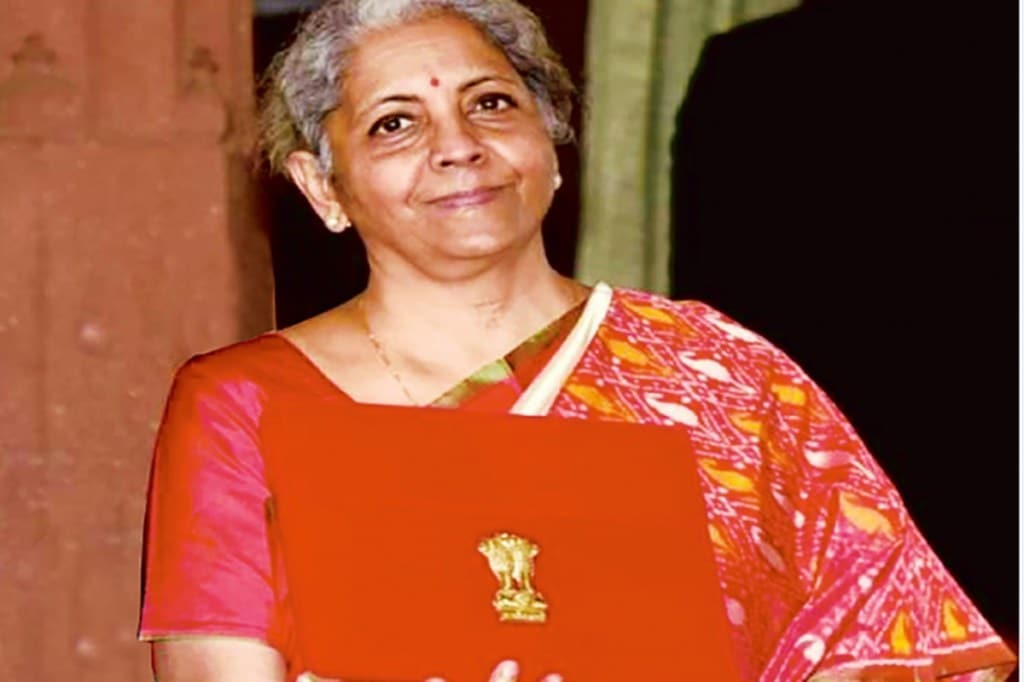By Abhaya K Agarwal
Indian Union Budget 2021-22: The Union Budget 2021 is unprecedented in many ways, as it comes at a time when the country is trying to re-build post the Covid-19 outbreak, which has affected interests domestically as well as internationally. Continuing with efforts on the AtmaNirbhar Bharat agenda through six pillars, it has focussed on an increase in public spending to make India a $5-trillion economy. There has been a special focus on improving healthcare and infrastructure across India, with a proposed capital expenditure of more than Rs 7 trn cumulatively, a substantial increase over previous budgets.
The Budget has made significantly higher allocation for greenfield and brownfield projects in the railway sector, which include electrification of broad-gauge railway lines, building of new freight corridors, and deployment of anti-collision system and special rolling stock on high-density tourist routes. This is welcome given that investments in the railway sector are seen to have a high multiplier effect on other sectors. In a big relief to airlines, Finance Minister Nirmala Sitharaman announced a tax exemption on aircraft leasing which will significantly improve the financial health and overall outlook for the aviation sector.
The road and highway sector has been allocated the highest ever capital outlay, for new projects in the states of Assam, West Bengal, Tamil Nadu, and Kerala, which would improve connectivity to the mainland cities. The increase in funding for public transit systems, with an objective to increase their modal share, especially focussing on Metro systems and improvement in bus transport in tier-2 cities, has the potential to give impetus to employment generation. Increased access to travel facilities and better connectivity in cities through Metro projects will not only empower citizens by improving access to education, healthcare, employment and economic opportunities, but is also key to balanced and sustainable urban development with accelerated economic growth.
The FM has provided a timely boost to the ailing real estate sector by announcing an initiative to monetise surplus land holdings. The monetisation of railway land near the New Delhi Railway Station is one such initiative which will pave the way for future land development projects.
For the proposed capital outlay, adequate measures to fund new projects have been highlighted. The creation of a professionally managed Development Financial Institution (DFI) with an aim to promote private sector participation will act as a catalyst for infrastructure financing. The sectors in which greater private sector involvement is proposed are airports, ports, railways, power and warehousing assets.
In the past, various government instrumentalities have found financing large highly capital-intensive projects very difficult, resulting in delays and schedule disruption. This Budget has highlighted the need to create a National Infrastructure Pipeline (NIP) for monetisation of brownfield assets to create new infrastructure. The move to set up InvITs to attract investment from global funds in the highway and power sector is a step in the right direction. InvITs in the highway sector have been a success and should be explored in other sectors as well.
Overall, through the Budget, the FM has put forward the short-term road map to accelerate recovery from the COVID-19 pandemic, through significantly higher capital expenditure as compared to past budgetary allocations for various infrastructure sectors. This will have a multiplier effect on other sectors and create direct and indirect employment opportunities, enabling the government to revitalise the economy and ensure balanced regional development.
The writer is Partner-Strategy and Transaction, Infrastructure & Government and Public Sector, EY India—with inputs from Arun Tuli, Manager
